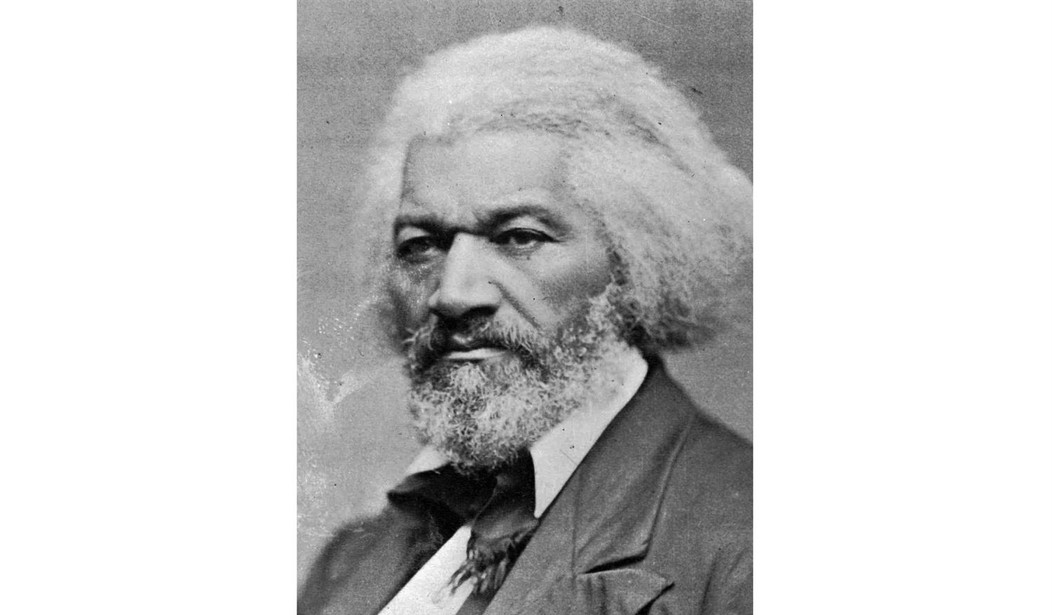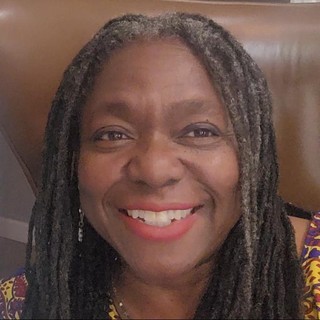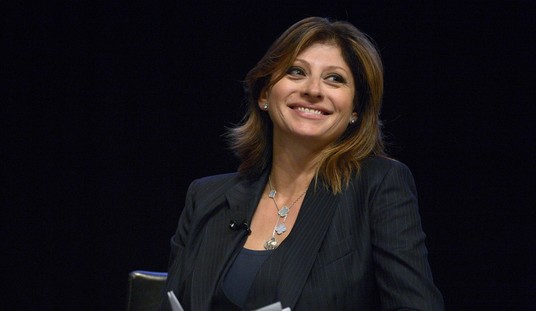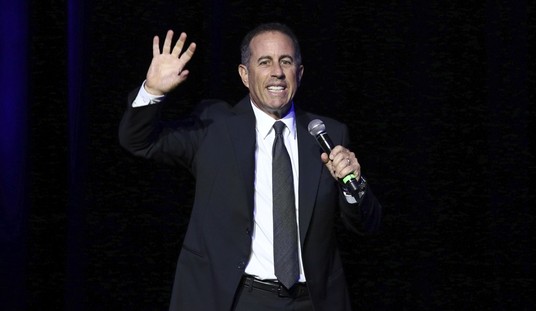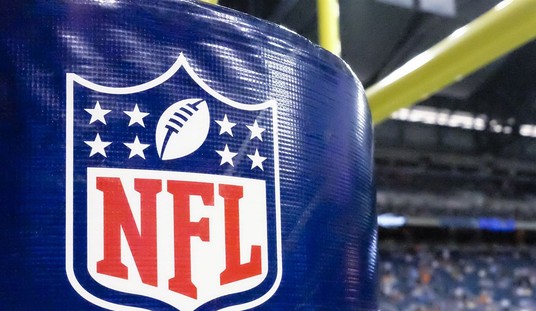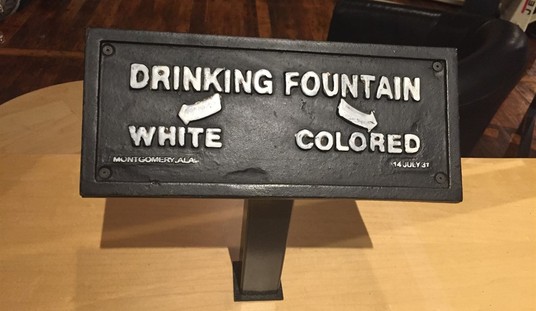Frederick Douglass was a Black person that was acceptable to white society and navigated among it, while also speaking opposition to it. It is possible to call out the darkness of your country and to speak solutions for that darkness, and still not seek to destroy it. The Rev. Dr. Martin Luther King, Jr. did it. Malcolm X did it. Frederick Douglass was very much their archetype. He was a complex individual who was as radical, as he was brilliant.
Sadly, Douglass’s life has also been co-opted by the Left, because of those aspects of his character. It’s easy to toss out that Douglass was a Republican and believed in the abolition of slavery through racial equality, because that would destroy the Democrat whitewashing their slavery, Jim Crow, and Dixiecrat history. Don’t be fooled; Douglass belonged to no party or movement. He belonged on the side of right and truth. He himself said,
“I would unite with anybody to do right and with nobody to do wrong.”
Douglass was also the first brand marketer, and used the social media of his time to facilitate change in how Blacks were viewed. More on this later.
Enjoy this history snippet on Frederick Douglass done by my very brilliant nephew (yes, I am biased) Justin Berryhill.
Frederick Augustus Washington Bailey was born a slave in Tuckahoe, Maryland the year of our Lord 1818. He was born a slave, which is why he has no knowledge of the month or day of his birth. When he attained freedom, along with the name change to Douglass, he chose to adopt February 14 as his birthday.
At the age of 8, Douglass was sent to live with the family of Hugh Auld. Mrs. Auld broke the law by teaching Douglass how to read. Mr. Auld discovered this, and knowing that his learning to read would make him an unfit slave, he demanded his wife stop. In Douglass’s autobiography, Narrative Life of Frederick Douglass, he wrote:
“The first step in her downward course was in her ceasing to instruct me. She now commenced to practice her husband’s precepts. She finally became even more violent in her opposition than her husband himself. She was not satisfied with simply doing as well as he had commanded; she seemed anxious to do better. Nothing seemed to make her more angry than to see me with a newspaper. She seemed to think that here lay the danger. I have had her rush at me with a face made all up of fury, and snatch from me a newspaper, in a manner that fully revealed her apprehension. She was an apt woman; and a little experience soon demonstrated, to her satisfaction, that education and slavery were incompatible with each other.“
For me personally, I know this is true. Learning to read ruined me as well. I spent countless hours at the library, checked out multiple books several times a week, and racked up a load of overdue fees because I was so captured with what I read, I forgot to return them on time. When I read about others potential, the possibility of travel, and the doors that could be opened with the right mindset and will, any thought of victimhood went out the window. My fate was not in the hands of anyone but myself and God, and that was the key that unlocked my shackles, just as learning to read did for Frederick Douglass.
Already a resourceful and brilliant mind, Douglass bribed other boys his age to help him with his lessons. At the age of 12, he acquired a copy of The Columbia Orator, a publication of political essays, orations, poems and dialogue, to teach both reading and speaking. Between that book and the Bible, Douglass’s mind was opened not only to the possibilities beyond slavery, but how he could achieve it.
Upon the death of his master, he was returned to the plantation at age 16 and worked the fields. Later he was hired out in Baltimore, Maryland as a ship caulker. In 1833, Douglass tried to escape with three others, but the plot was discovered before they could get away. Douglass plotted and bided his time. Five years later, he fled to New York City and then made his way to New Bedford, Massachusetts, where he worked as a laborer for three years. He changed his surname to Douglass in order to evade capture.
If you have not done so, I recommend reading his autobiographies: The Narrative of the Life of Frederick Douglass, and An American Slave, Written by Himself. The agility of thought and clarity of the prose of someone self-taught is simply incredible. These autobiographies launched Douglass’s life as a strong advocate for the abolition of slavery, and gave the known world a perspective on being Black in America that focused on how to afford Blacks their rightful place in the country, rather than relegate them to a problem to be solved or eliminated.
As mentioned earlier, Frederick Douglass was the most photographed man of his time. Photography was a burgeoning new medium, with the ability to communicate a visual truth and pure honesty that sitting for a painting could not.
In 1841, Frederick Douglass sat for his first photographic portrait, and would use his images in the cause of civil rights and equality.
Abigail Cain documents on Artsy.net,
“To put it simply, Douglass was a photography buff. He penned four speeches expounding upon the medium throughout his life—one more than the man considered the Civil War era’s most prominent photo critic. He held Louis Daguerre, the inventor of the daguerreotype, in great esteem for broadening photography’s appeal beyond the upper class. Because of daguerreotypes, Douglass claimed, ‘the humblest servant girl may now possess a picture of herself such as the wealth of kings could not purchase fifty years ago.’ He viewed photography as the most democratic of the arts.”
Just as I work to carefully craft my sentences to hone a certain point or evoke a particular imagery, so Douglass used his photographs to represent not only the face of a former slave, but the strength and power of a mind exercised through knowledge and a life of freedom. For his time, it was a game changing as a well-timed tweet or a viral article.
Douglass used his history, personality, radical fire, and the photographic medium to live a life that transcended the bonds of the time. And in giving us that transcendence, he helped others to do the same.
Sign up for our VIP program to get access to premium content for members only! Use code “OCONNELL” for a discount!

